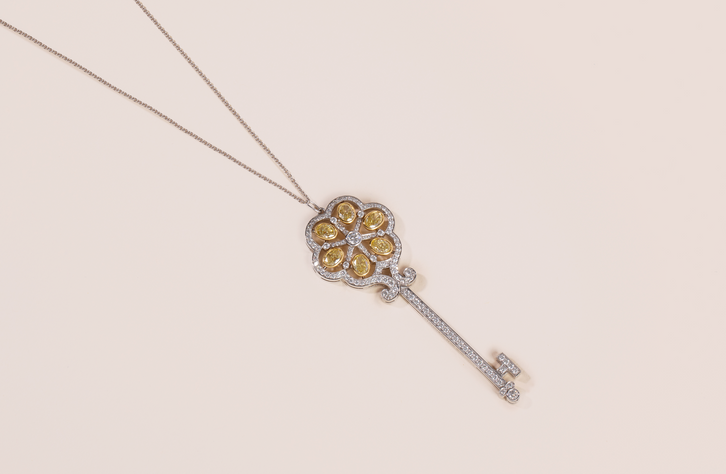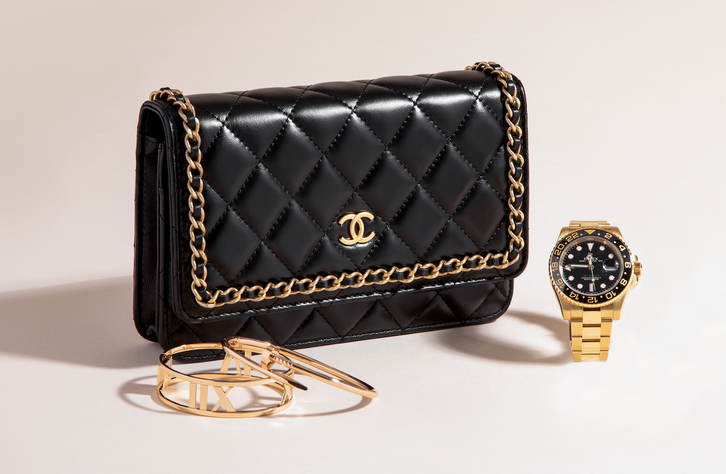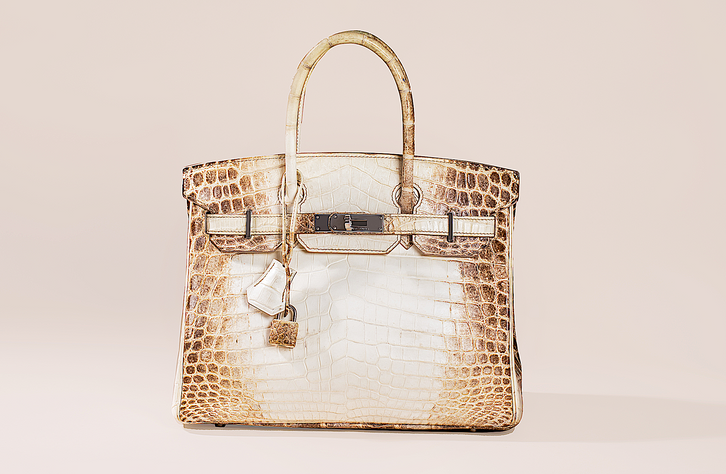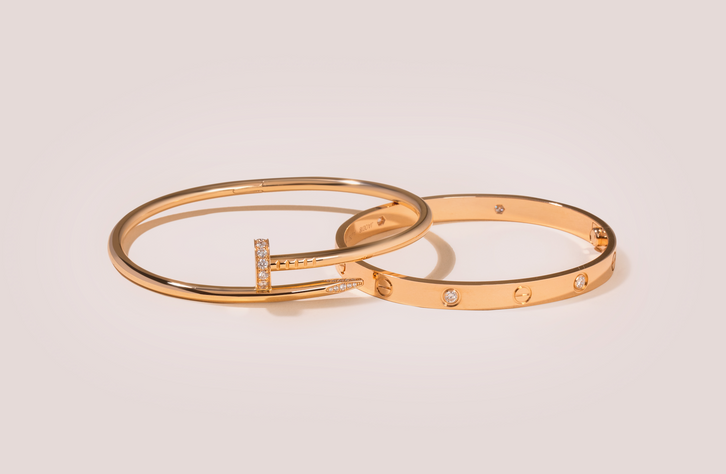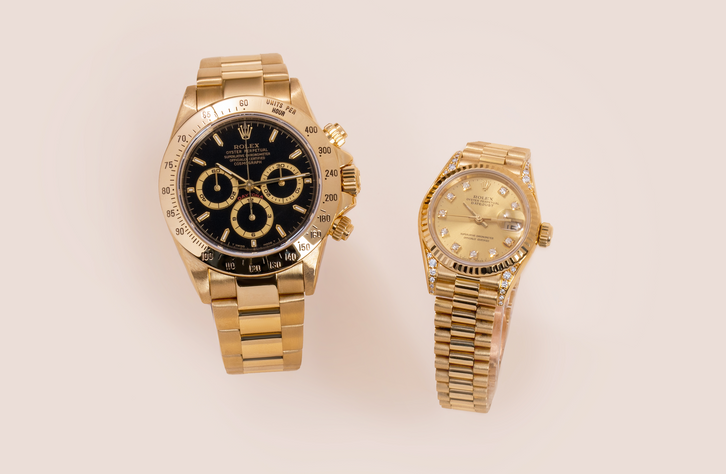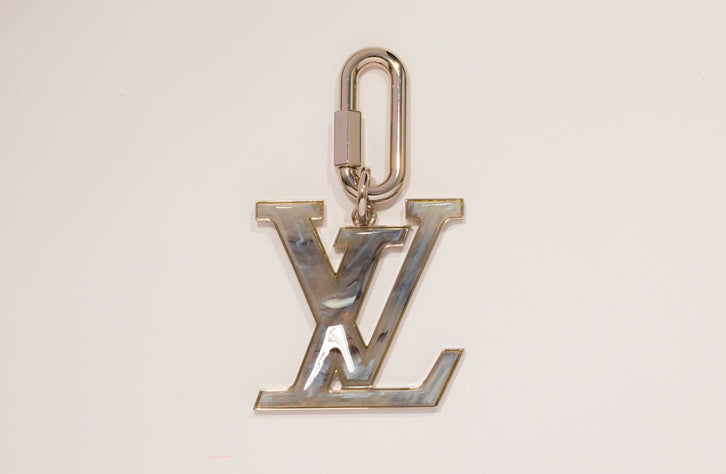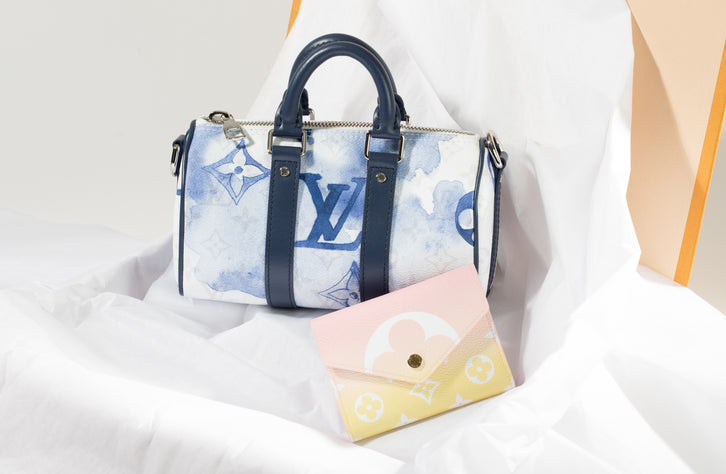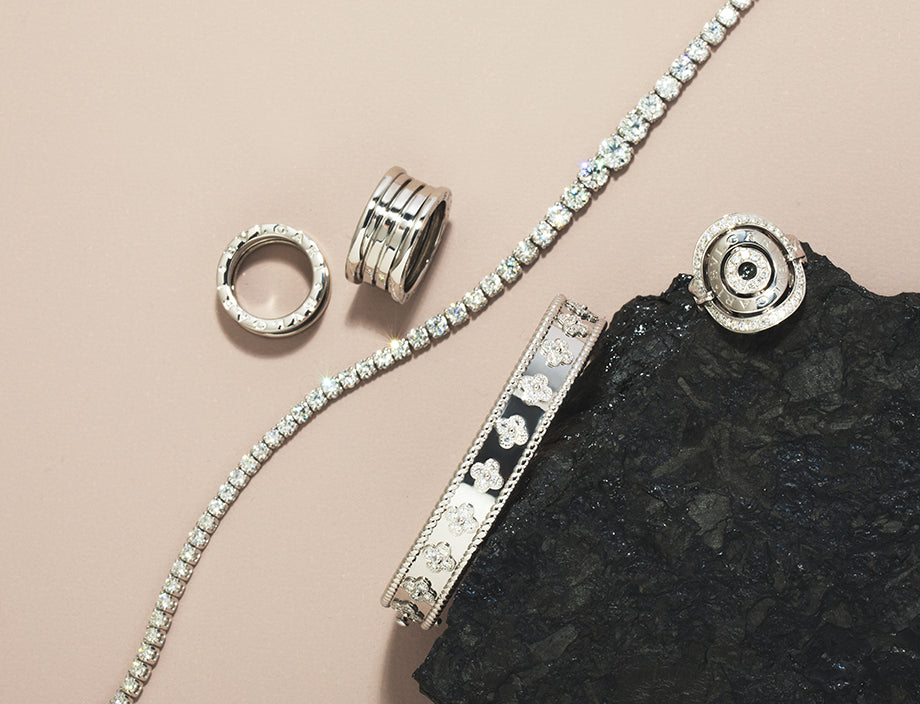With billions of years of history, there is no shortage of fun facts about diamonds to learn. Keep reading to discover our top 5 fun facts about these captivating stones and how you can sell your own diamond easily, quickly and safely.
What Are The Best Fun Facts About Diamonds?
- A 30 carat diamond can withstand the pressure of the weight of the Empire State Building
- Diamonds are a 10 on the Mohs Hardness Scale, making them the hardest naturally occurring material
- The Argyle mine in Australia produces over 90% of the world’s pink and red diamonds, but is scheduled to close in 2020
- Some diamonds are over 3 billion years old- which is 2/3rds the age of the planet
- The diamond rush in South Africa was sparked in 1866 by a young shepherd finding a fancy yellow diamond
Fun Diamond Fact 1: A 30 carat diamond can withstand the pressure of the weight of the Empire State Building
It’s no coincidence that the word “diamond” originated from the Greek word “adámas” meaning “unbreakable.” Diamonds form when carbon is exposed to extremely high temperatures and pressure, creating carbon atoms. During this time, the carbon atoms form a rigid bond with one another, which results in diamonds’ impressive durability.
Because of their great durability, diamonds are also used for industrial procedures such as cutting and drilling. About 80% of all diamonds are used in industries, such as the automotive, military and even optical. Industrial diamonds are usually crushed to a powder to create a micron-sized abrasive.
Fun Diamond 2: Diamonds are a 10 on the Mohs Hardness Scale, making them the hardest naturally occurring material
The Mohs Hardness Scale is used to classify the scratch resistance of a mineral when scratched by the ten reference minerals identified on the Mohs Hardness Scale. Diamonds rank as the hardest material on the scale at number 10.
You may have recently heard about another natural material known as lonsdaleite which has been reported as being 58% harder than a diamond. Lonsdaleite is formed when meteorites containing graphite crash into Earth. In its natural state, lonsdaleite has a hardness scale between 7 and 8 on the Mohs scale.
However, when lonsdaleite is compressed it becomes a much harder material, which is how they surpass diamonds in hardness. As lonsdaleite requires artificial treatment to achieve their peak hardness, diamonds still remain as the hardest naturally occurring material.
Fun Diamond 3: The Argyle mine in Australia produces over 90% of the world’s pink and red diamonds, but is scheduled to close in 2020
In 1979, a group of geologists found a diamond in the Kimberley region of Australia. Upon this discovery, diamond experts strongly believed that more diamonds could be found in that area. The Argyle mine later opened in 1983 and is currently run by Rio Tinto, the world’s third largest mining company. This mine is known as the world’s largest supplier of natural pink and red diamonds.

You may be surprised about the size of the Argyle mine’s pink and red diamond production. Argyle mine’s Diamond Business Manager, Josephine Archer, stated, 'Although the Argyle mine supplies approximately 90% of the world’s pink diamonds, astonishingly, a whole year's worth of production of stones over half a carat would fit in the palm of your hand.' The company explains that, “for every one million carats of rough diamonds produced from the mine, only one polished carat is offered for sale.”
As the Argyle mine is almost depleted of diamonds, the mine is scheduled to close in 2020. Rio Tinto’s chief executive stated, 'We are putting our exploration team under pressure to find the new world class [diamond] deposit. And if they could find a new pink diamond mine I would be absolutely delighted.”
Fun Diamond 4: Some diamonds are over 3 billion years old- which is 2/3rds the age of the planet
Most diamonds are 1 billion to 3.3 billion years old, which is amazing considering that Earth is estimated to be 4.5 billion years old. Billions of years ago, Earth used to be extremely hot, creating perfect conditions for diamonds to form. Diamonds form about 100 miles beneath the surface of the earth and are carried to the surface by volcanic eruptions.
Diamonds can have inclusions, which look like dark spots inside the diamond. While diamonds without inclusions are worth more, geoscientists benefit from these as they provide information on the stone’s growth history.
Fun Diamond 5: The diamond rush in South Africa was sparked in 1866 by a young shepherd finding a fancy yellow diamond
Our final fun fact about diamonds is about a young shepherd whose discovery of a diamond resulted in South Africa’s diamond rush. In 1866, 15 year old Erasmus Jacobs unknowingly discovered a diamond on the south bank of the Orange River in South Africa.
At first, Jacobs thought that the diamond was just a very pretty stone, but when his gem collecting neighbor saw the stone, he believed that it was valuable and offered to buy it. The diamond eventually made its way to a gemologist who identified it as a 21.25 carat rough diamond.
This diamond was soon cut into a 10.73 carat cushion cut brilliant and became known as the Eureka Diamond. The Eureka Diamond’s discovery led to the Kimberly Diamond Rush and eventually the formation of De Beers Consolidated Mines Limited.
How To Sell Your Diamond
If you are a diamond enthusiast, you might be holding onto some diamonds of your own. Did you know that selling your diamonds can be a quick and hassle-free process when you work with the right buyers? At myGemma, we pride ourselves on our safe, secure and honest service for selling diamonds as well as jewelry and watches.

Our GIA trained gemologists have the necessary skills and experience to accurately price your diamonds on the second-hand market and make strong offers. In as little as 24 hours you can receive payment after completing our simple online form. Our professional service has earned us an A+ rating from the BBB and hundreds of reviews from satisfied customers.
How to sell diamonds with myGemma
- Complete our simple online form to receive your price quote.
- Mail your diamonds to us through our free, trackable and insured mailing service. OR schedule an appointment at one of our modern and secure offices.
- Receive your final offer.
- Accept our final offer and receive your payment in as little as 24 hours by check or wire (cash available for in-person appointments only). If you do not accept our offer, we will mail your diamonds back to you the next day for free through our trackable, insured and overnight mailing service.
